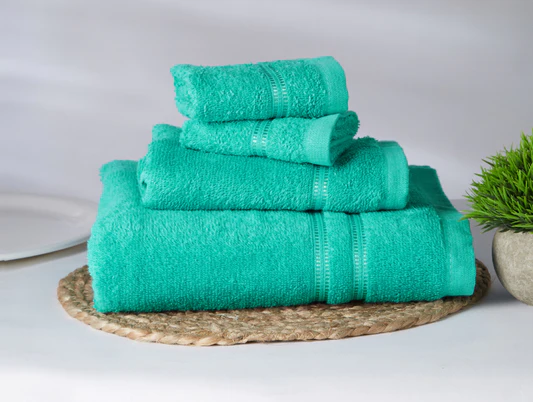It’s a beautiful thing when your cat goes into labor, isn’t it? In most cases, the birth process is nothing short of miraculous and there are so many pitter-patter moments. When the time comes for your cat to bring something new into the world, though, you may have a few questions about what to expect and how to prepare.
Before the day of birth, there are many steps to take to prepare for your cat’s labor. Your vet, who is familiar with your cat, will tell you all you need to know about going into labor.
Mammary glands will increase in size
Your cat’s mammary glands will increase in size and produce milk. This is a normal part of pregnancy and is not a sign that your cat is in labor. As long as your pet is eating cat food well and acting normally, don’t worry about her.
Your cat might be in labor if she has been acting unusually. If you notice that she is having trouble breathing, or has difficulty moving around, contact your veterinarian immediately.
If you see any changes in your cat’s behavior or physical appearance, contact your veterinarian immediately.
Temperature will fall
The temperature of your cat’s environment is one of the most important factors in determining when she will go into labor. If you have a relatively warm environment, your cat may be able to go into labor early; however, if it’s too cold or too hot, she may not be able to go into labor until much later.
A very low-key environment may help induce labor. The temperature of a normal home can vary from 60 degrees Fahrenheit (15 degrees Celsius) to 90 degrees Fahrenheit (32 degrees Celsius). Cats are very sensitive to temperature changes, so make sure that the temperature in your house does not vary too much over time.
Decrease in appetite
You may notice a decrease in your cat’s appetite as she gets closer to giving birth. This is normal, and it does not mean that she is in labor.
You should also watch for any signs of false pregnancy (pregnancy that isn’t real). Your cat might walk on her toes or rub her head against things. False pregnancies can cause bleeding and irritation, which can be very painful for your cat.
Change in Behavior
If your cat is in labor, she may be acting a little differently than usual. She may be moodier, or more clingy. It’s normal for her to want to spend time with you and your family, even if she doesn’t want to leave the house.
In some cases, cats go into labor without warning. In others, they’re simply acting like they are going into labor when they aren’t. If it’s not clear that your cat is in labor, take her to the vet as soon as possible.
Licking her genitalia
When your cat starts to go into labor, she may start licking her genitalia. Some cats will also start to nest, which means they will start looking for a place to have their kittens. If you see your cat doing this, it’s a good idea to provide her with a clean, comfortable space where she can have her kittens.
In Conclusion
As a cat owner, it’s important to be prepared for when your cat goes into labor. Knowing the signs and symptoms of labor can help you be there for your cat during this crucial time. If you’re ever unsure about what’s going on with your cat, don’t hesitate to contact your veterinarian. With proper care and support, your cat will have a successful delivery and will soon be back to its normal self.









